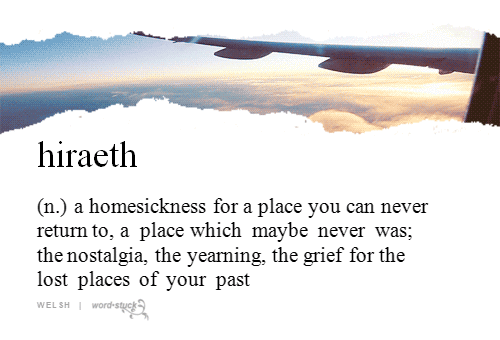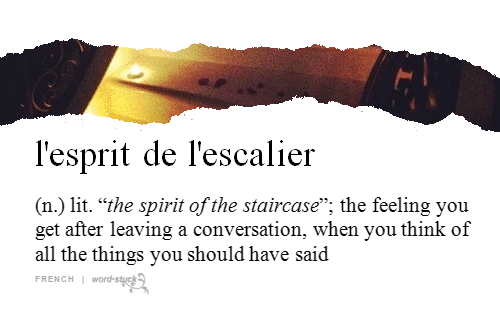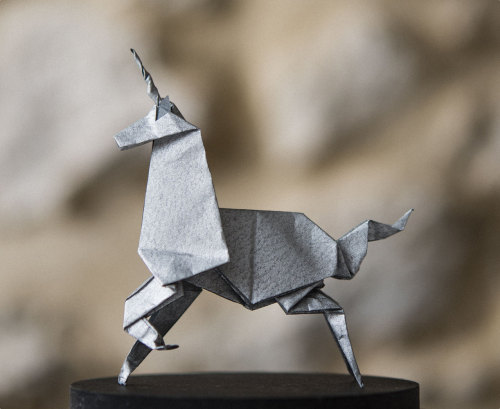
The season of NaNoWriMo (National Novel Writing Month) is almost upon us. What is NaNoWriMo? It’s a non-profit organization that sets up an annual challenge where starting November 1, participants begin working towards the goal of writing a 50,000-word novel by 11:59 PM on November 30. And sadly, I will not be throwing my gauntlet into the ring.
I took part last year and looked forward to it every night – to get back to the story that was coming to life, film-like, on the computer screen in front of me. I explored the life of three children, growing up in post-Hiroshima Japan, one of the most realist stories I’ve written in quite a while. I found myself caring about these characters more and more, found myself wanting to hear their voices, their fears, to take part in their adventures rather then venture out into the greater world of Ann Arbor and classes and homework.
As senior year in the English and Creative Writing departments draws its cloak over me, I find myself writing so much already that I couldn’t possibly work on a 50,000-word novel right now. I admire all college-age Nano-ers who can find the balance between classes and this writing challenge. But, if Nano-ing is not in your near future, do not fret. It can often be a very brave thing to know your limits and know when to say ‘no.’ The good thing about Nano is that it’s like an annual holiday. It comes every year. If you’re not participating this year, then next year perhaps! No one even has to know if you participate or not. It’s like a secret with yourself. (Though, there is an incredible online community of Nano-ers who are available for support, for ideas, for writing gatherings, etc, for those who enjoy that kind of groupie-ness.)
There has been recent backlash from ignoramuses who think that NaNoWriMo is meant for people to write 50,000 word first-drafts and send it to agents on Dec. 1. This is by no means the purpose of NaNoWriMo. It’s a challenge, a chance to push yourself to write the story that has been cooped in your head, no matter how bad or hyperbolic or boring or flouncy or cheesy or cliche or wonderful the writing. It’s a chance for you to get in touch with your creativity stores, to think through your own beliefs and opinions about society, and project them onto characters who are forced to make decisions and heck, maybe even fight a few ninjas or two. I can’t imagine criticizing anything that encourages storytelling. No matter if you have written a Pulitzer or if you write car manuals, everyone deserves the chance to participate in this challenge.
If you’re lucky, you’ll walk away from NaNo with a “The End” as your words numbered 49,999 and 50,000. But, don’t think of this as “your end.” This is just a draft. The real writing, the revision, hasn’t even begun. And if you want, it doesn’t have to begin. You can write it and on December 1, come out from your writing cave and return to normal life. But, if you believe in your novel, you can make it stronger and keep working on it. To quote Da Vinci, “art is never finished, only abandoned.” But, something abandoned, doesn’t have to stay abandoned. Nor does it only have to be worked on during the month of November. That means that my story, about the three Japanese children, need not fear! I plan to pick it up again and continue the adventuring…just maybe after college settles down.
From one Nano-er to the next, I give this bit of advice to all of you brave writers who I will be living vicariously through this November:
–Don’t delete anything. Even if you can’t stand to look at it, just highlight it in black and keep writing. (It creates this cool “blackout poetry” feel to your piece.)
–If possible, log in the words while you have the time. Try and get ahead in the first few days, which will give you flexibility as life and reality catches up to you later on in November.
-Make sure to give yourself breaks. Get up, take a walk, go to a museum, do yoga, paint your toenails, learn how to do headstands. Shake up your brainwaves so the ideas have room to breathe.
-Back up your work. Press Save a lot, become best friends with flash drives. Also, you can save to that whimsical of all things, the all-hailed Cloud.
–Take risks. No one else has to see this writing if you don’t want them to. Be daring. Be silly. Add a dragon or two. Write scandalously. Mix the two and include the most scandalous of dragons.
–Let yourself be surprised.

To all my friends who are Nano-ing this year, I wave flags of encouragement and wish you happy writing and delicious snacks that don’t sticky up your fingers so much that prevent you from typing and I hope that you find yourself on the other side of the month, pleasantly surprised with the strength and courage and productivity that you achieved in just 30 autumnal days.
Write on, folks, write on!







